 您的购物车当前为空
您的购物车当前为空
LY294002
一键复制产品信息别名 SF 1101, NSC 697286, LY 294002
LY294002 (SF 1101) 是一种 PI3K 的广谱抑制剂,抑制 PI3Kα、PI3Kδ 和 PI3Kβ (IC50=0.5/0.57/0.97 μM)。LY294002 也是 DNA-PK 抑制剂 (IC50=1.4 μM) 和 CK2 抑制剂 (IC50=98 nM)。LY294002 可以激活凋亡和自噬。
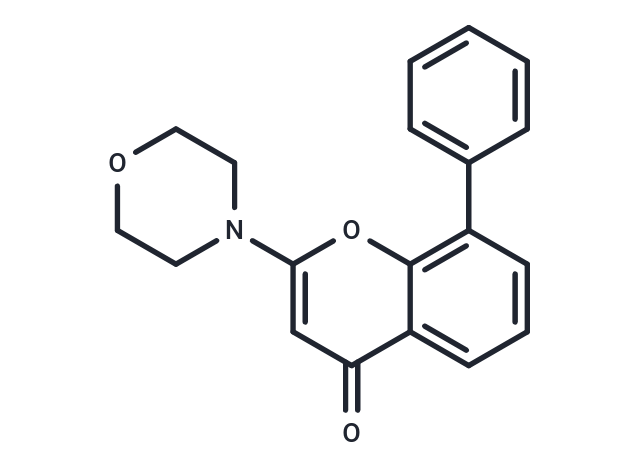
LY294002
一键复制产品信息LY294002 (SF 1101) 是一种 PI3K 的广谱抑制剂,抑制 PI3Kα、PI3Kδ 和 PI3Kβ (IC50=0.5/0.57/0.97 μM)。LY294002 也是 DNA-PK 抑制剂 (IC50=1.4 μM) 和 CK2 抑制剂 (IC50=98 nM)。LY294002 可以激活凋亡和自噬。
| 规格 | 价格 | 库存 | 数量 |
|---|---|---|---|
| 1 mg | ¥ 226 | In stock | |
| 5 mg | ¥ 503 | In stock | |
| 10 mg | ¥ 750 | In stock | |
| 25 mg | ¥ 1,190 | In stock | |
| 50 mg | ¥ 1,760 | In stock | |
| 100 mg | ¥ 2,430 | In stock | |
| 200 mg | ¥ 3,330 | In stock | |
| 1 mL x 10 mM (in DMSO) | ¥ 503 | In stock |
LY294002 相关产品
产品介绍
| 产品描述 | LY294002 (SF 1101) is a broad-spectrum inhibitor of PI3K, inhibiting PI3Kα, PI3Kδ, and PI3Kβ (IC50=0.5/0.57/0.97 μM). LY294002 is also an inhibitor of DNA-PK (IC50=1.4 μM) and an inhibitor of CK2 (IC50=98 nM). LY294002 activates apoptosis and autophagy. |
| 靶点活性 | p110α:0.5 μM (cell free), DNA-PK:1.4 μM (cell free), CK2α2 (human):3.869 μM, PI3K:1.6 μM (Ki), CK2 (human):98 nM, RBL-2H3 cell:5 μM, PI3K:1.4 μM, p110β:0.97 μM (cell free), p110δ:0.57 μM (cell free) |
| 体外活性 | 方法:人胰腺癌细胞 AsPC-1、BxPC-3 和 PANC-1 用 LY294002 (5-45 µM) 处理 24 h,使用 MTT 方法检测细胞生长抑制情况。 |
| 体内活性 | 方法:为检测体内抗肿瘤活性,将 LY294002 (25 mg/kg,每周两次) 和 cisplatin (5 mg/kg,每周一次) 腹腔注射给携带人胰腺癌肿瘤 AsPC-1 的 BALB/C nu/nu 小鼠,持续三周。 |
| 激酶实验 | PI3K inhibition by LY294002 was determined in a radiometric assay using purified, recombinant enzymes (class IA and class IB) with 1 μM ATP. The kinase reaction was carried out for 1 h at room temperature (24 °C) and was terminated by addition of PBS. IC50 values were subsequently determined using a sigmoidal dose-response curve fit (variable slope). CK2 and GSK3β (glycogen synthase kinase 3β) inhibition were established by kinase selectivity screening. Inhibitor (10 μM; LY294002) was tested against the Upstate panel of kinases in 10 μM ATP [4]. |
| 细胞实验 | The cells were seeded into 96-well plates at 5000 cells/well. Twenty-four hours after cells were seeded, the medium was removed and replaced in the presence of LY294002 (0 μmol/L, 10 μmol/L, 25 μmol/L, 50 μmol/L, and 75 μmol/L) dissolved in DMSO or DMSO only for an additional 24 h and 48 h. To avoid any nonspecific toxic effects of DMSO on cell growth, DMSO concentrations were maintained at 0.5% in all experiments. MTT dye (5 mg/mL) was added to each well. The reaction was stopped by the addition of DMSO, and optical density was measured at 490 nm on a multiwell plate reader. Background absorbance of the medium in the absence of cells was subtracted. All samples were assayed in triplicate, and the mean for each experiment was calculated. Results were expressed as a percentage of control, which was considered to be 100% [3]. |
| 动物实验 | Athymic nude mice were used when they were 6-8 weeks. Mice were randomly divided into free separated into five groups (n = 4 mice). Mice were housed in the same environment with controlled temperature, humidity, and a 12 h light/dark cycle. Mice were inoculated subcutaneously with CNE-2Z cells (1 × 10^6 cells/mouse in 200 μl of RPMI-1640) into the flank. The tumor take rate was 100%. After 1 week, an intraperitoneal injection was performed to the xenograft mice with different dosage of LY294002 (10 mg/kg, 25 mg/kg, 50 mg/kg, and 75 mg/kg twice weekly (n = 4 mice), each group for 4 weeks. Treated mice have monitored any signs. Body weight and tumors size were measured twice a week. Tumor size was measured using calipers and tumor volume was calculated (volume = long axis × short axis^2). At the end of the treatment, all mice were euthanized. One part of tumor tissue was fixed in formalin and embedded in paraffin, and another part was stored at -70°C [3]. |
| 别名 | SF 1101, NSC 697286, LY 294002 |
| 分子量 | 307.34 |
| 分子式 | C19H17NO3 |
| CAS No. | 154447-36-6 |
| Smiles | O=c1cc(oc2c(cccc12)-c1ccccc1)N1CCOCC1 |
| 密度 | 1.266 g/cm3 |
| 颜色 | White |
| 物理性状 | Solid |
| 存储 | Powder: -20°C for 3 years | In solvent: -80°C for 1 year | Shipping with blue ice/Shipping at ambient temperature. | ||||||||||||||||||||||||||||||||||||||||
| 溶解度信息 | Ethanol: 10 mg/mL (32.54 mM), Sonication is recommended. H2O: < 1 mg/mL (insoluble or slightly soluble) DMSO: 61.76 mg/mL (200.95 mM), Sonication is recommended. | ||||||||||||||||||||||||||||||||||||||||
| 体内实验配方 | 10% DMSO+40% PEG300+5% Tween 80+45% Saline: 3.4 mg/mL (11.06 mM), Solution. 请按顺序添加溶剂,在添加下一种溶剂之前,尽可能使溶液澄清。如有必要,可通过加热、超声、涡旋处理进行溶解。工作液建议现配现用。以上配方仅供参考,体内配方并不是绝对的,请根据不同情况进行调整。 | ||||||||||||||||||||||||||||||||||||||||
溶液配制表 | |||||||||||||||||||||||||||||||||||||||||
Ethanol/DMSO
DMSO
| |||||||||||||||||||||||||||||||||||||||||










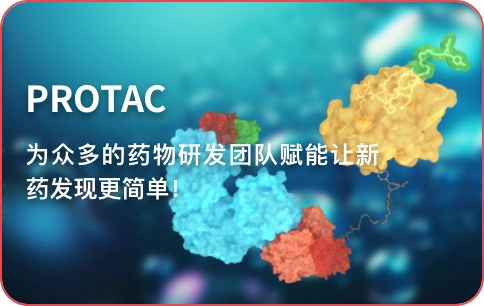
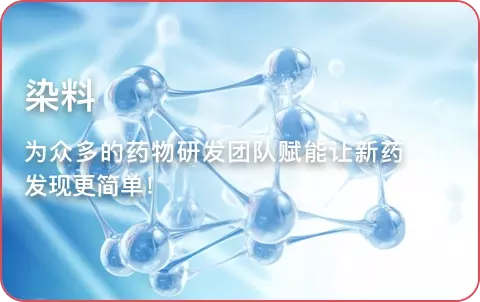




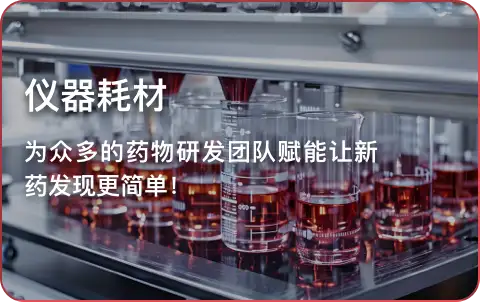




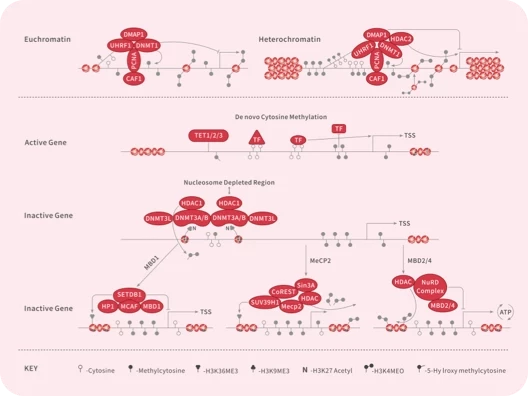
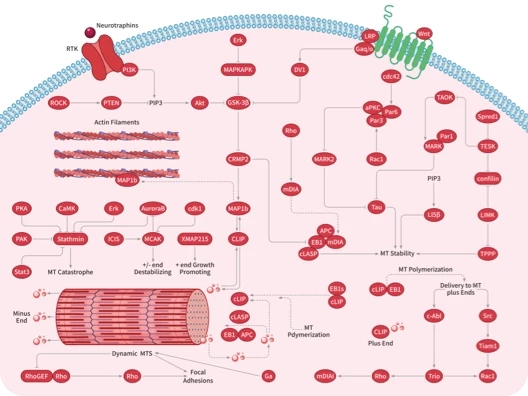

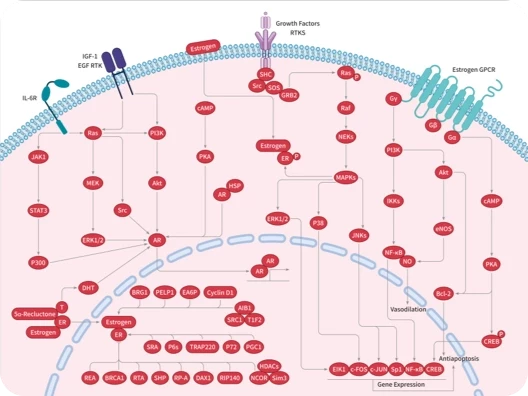
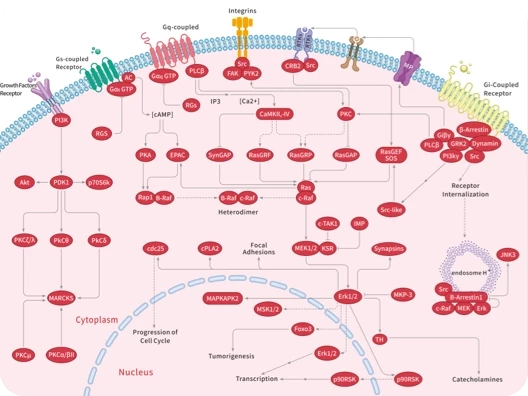
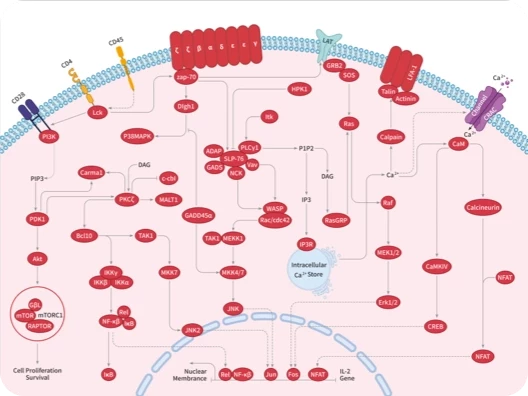
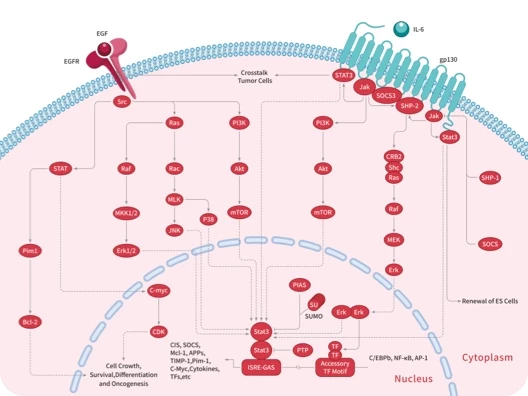
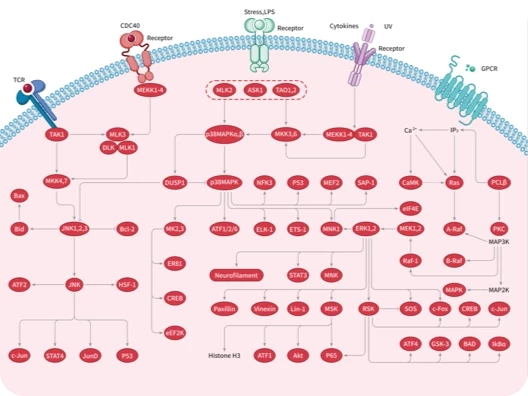
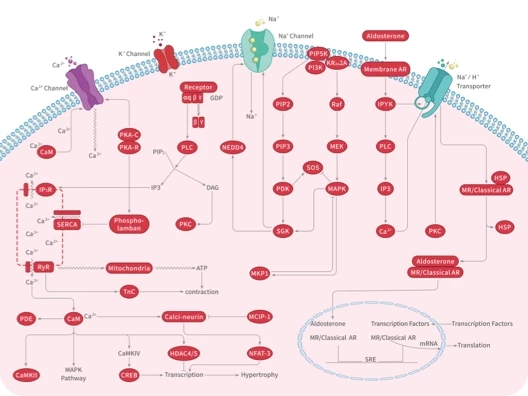



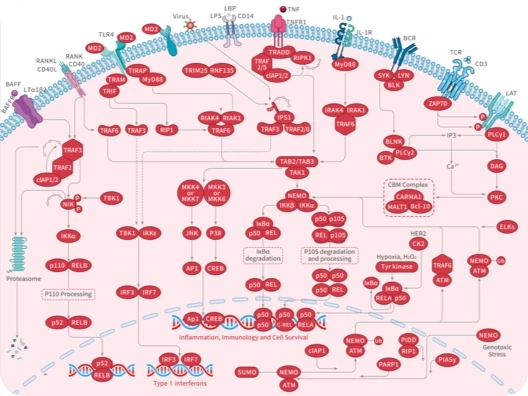

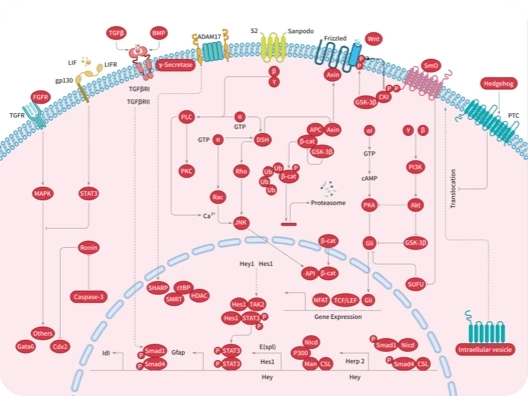



 很棒
很棒

 |
|
评论内容